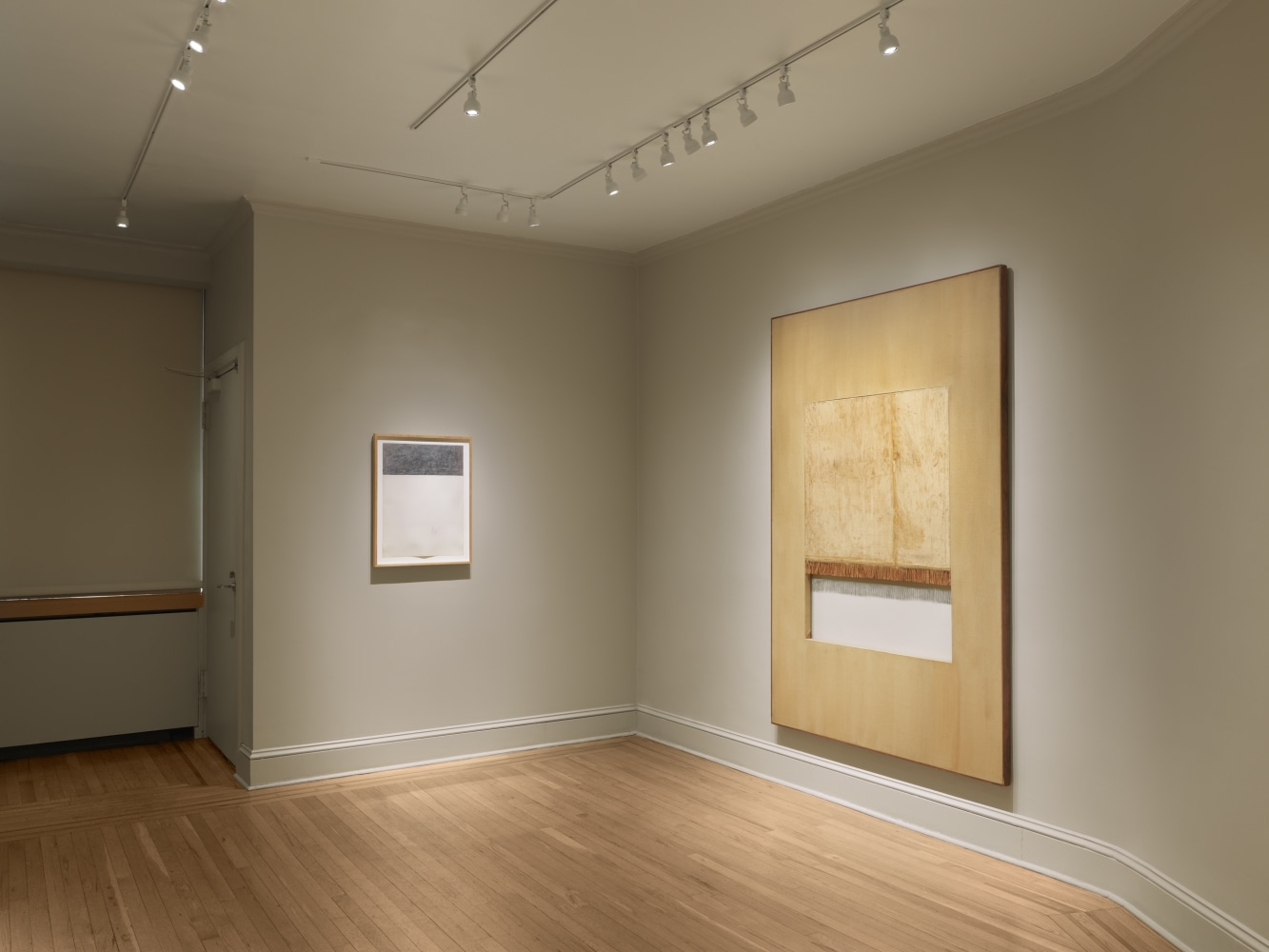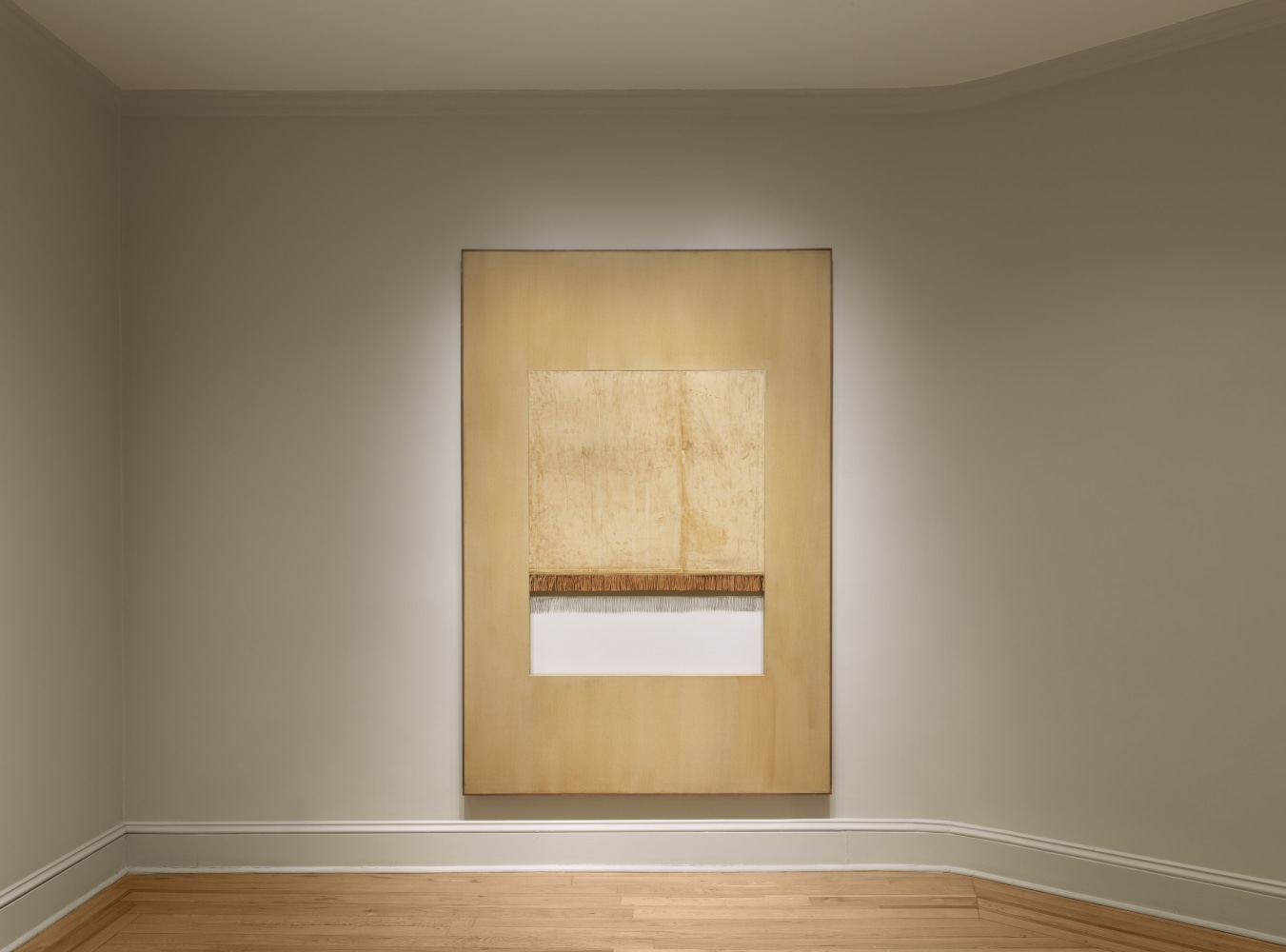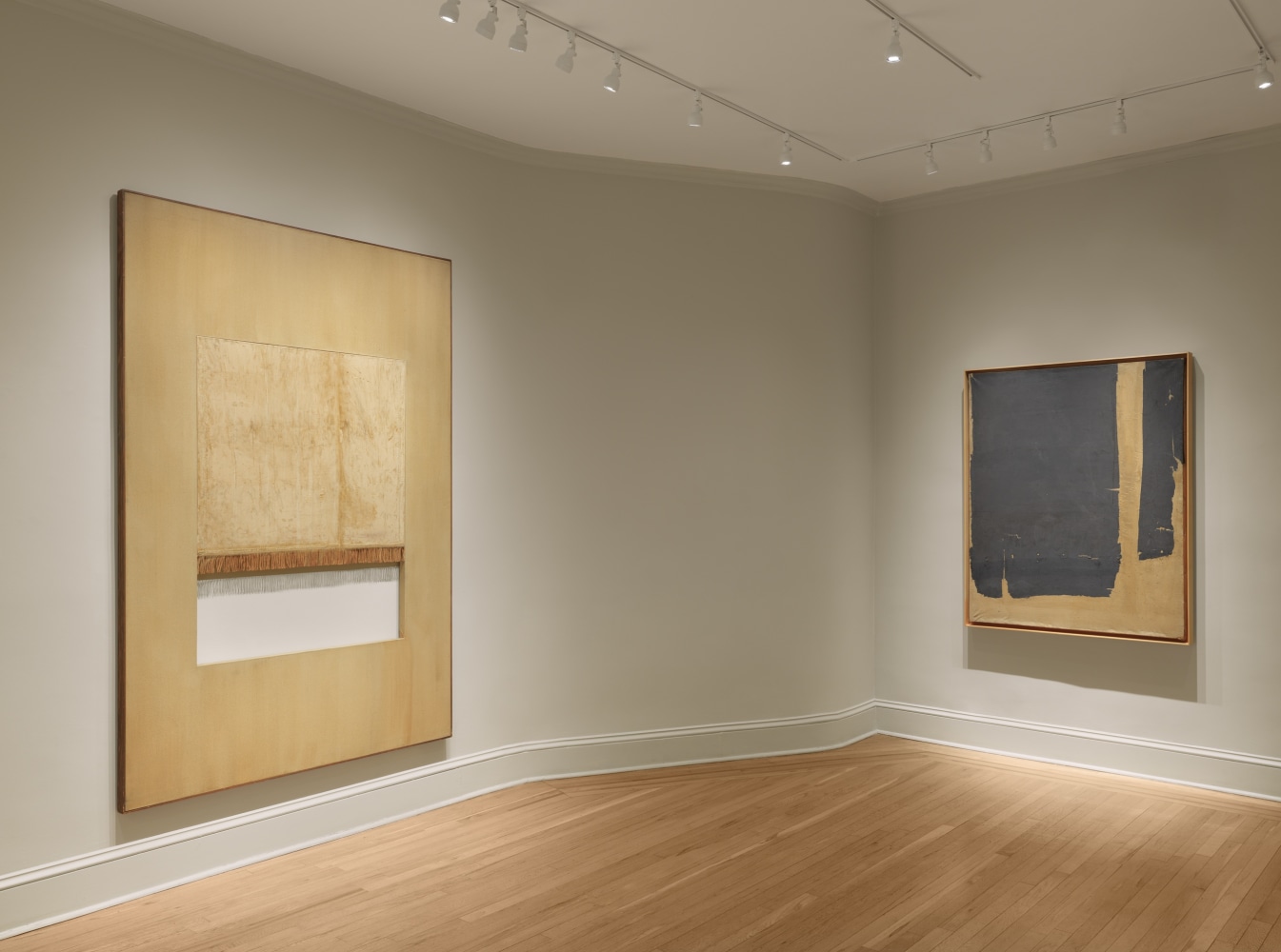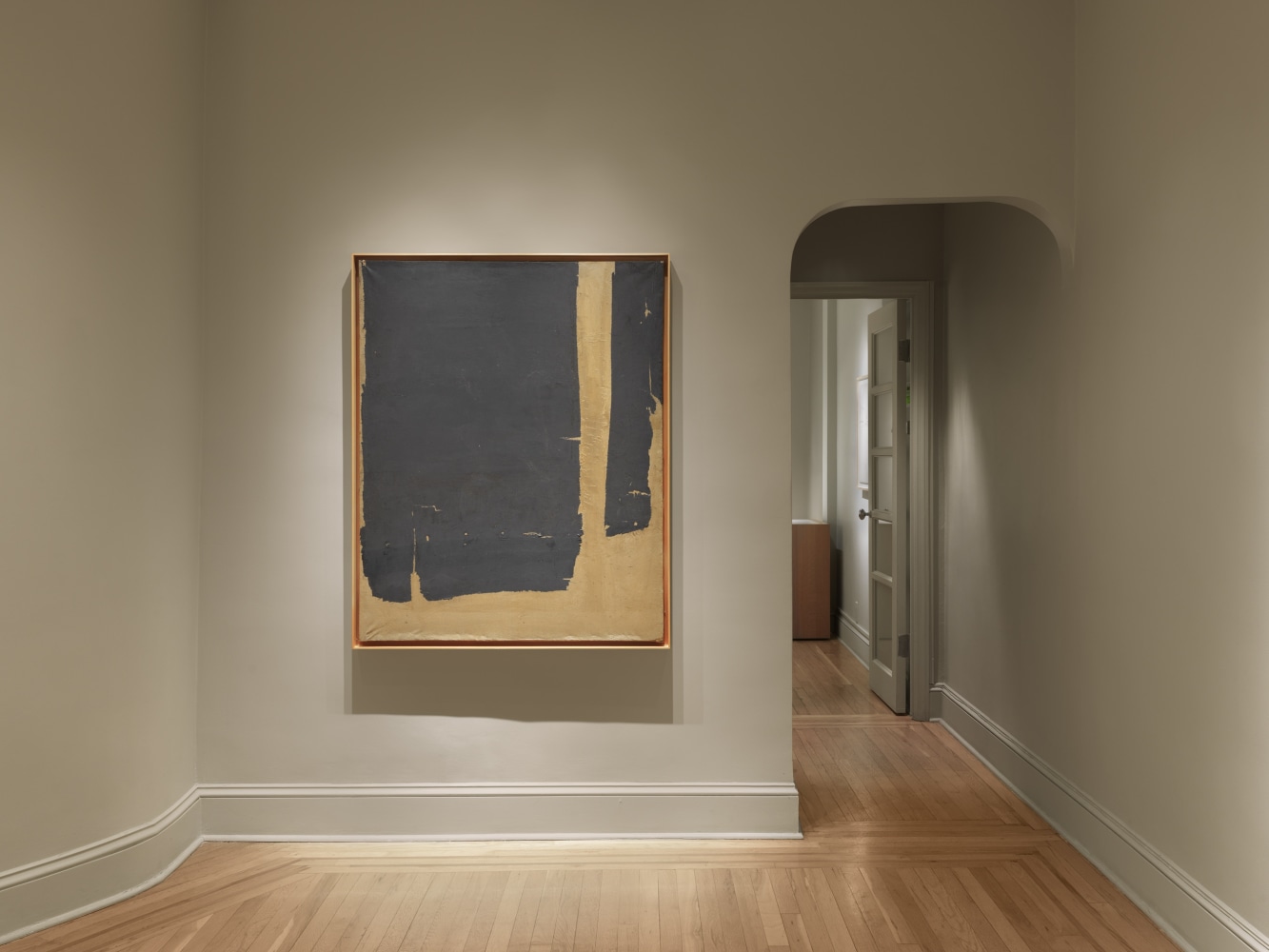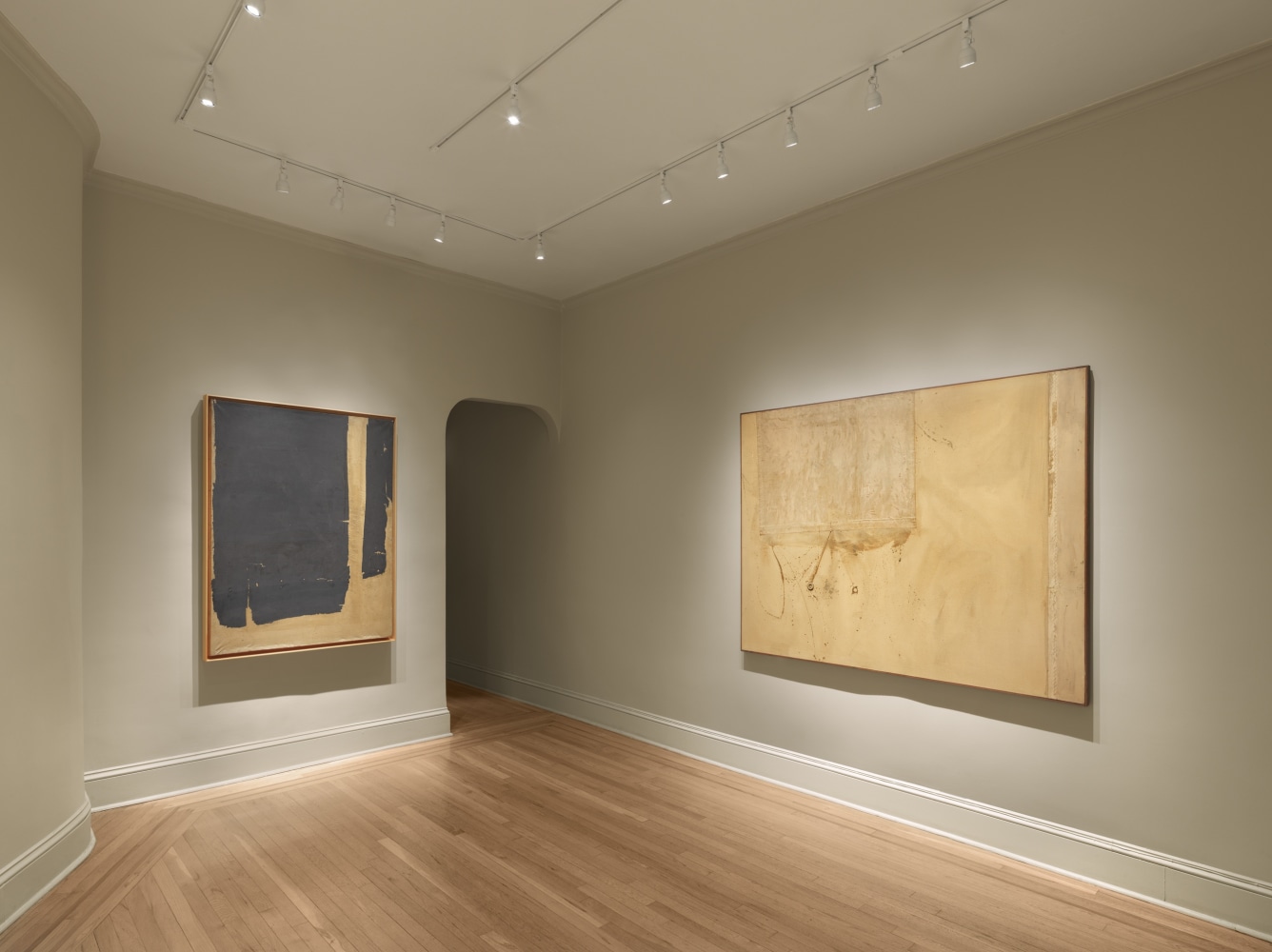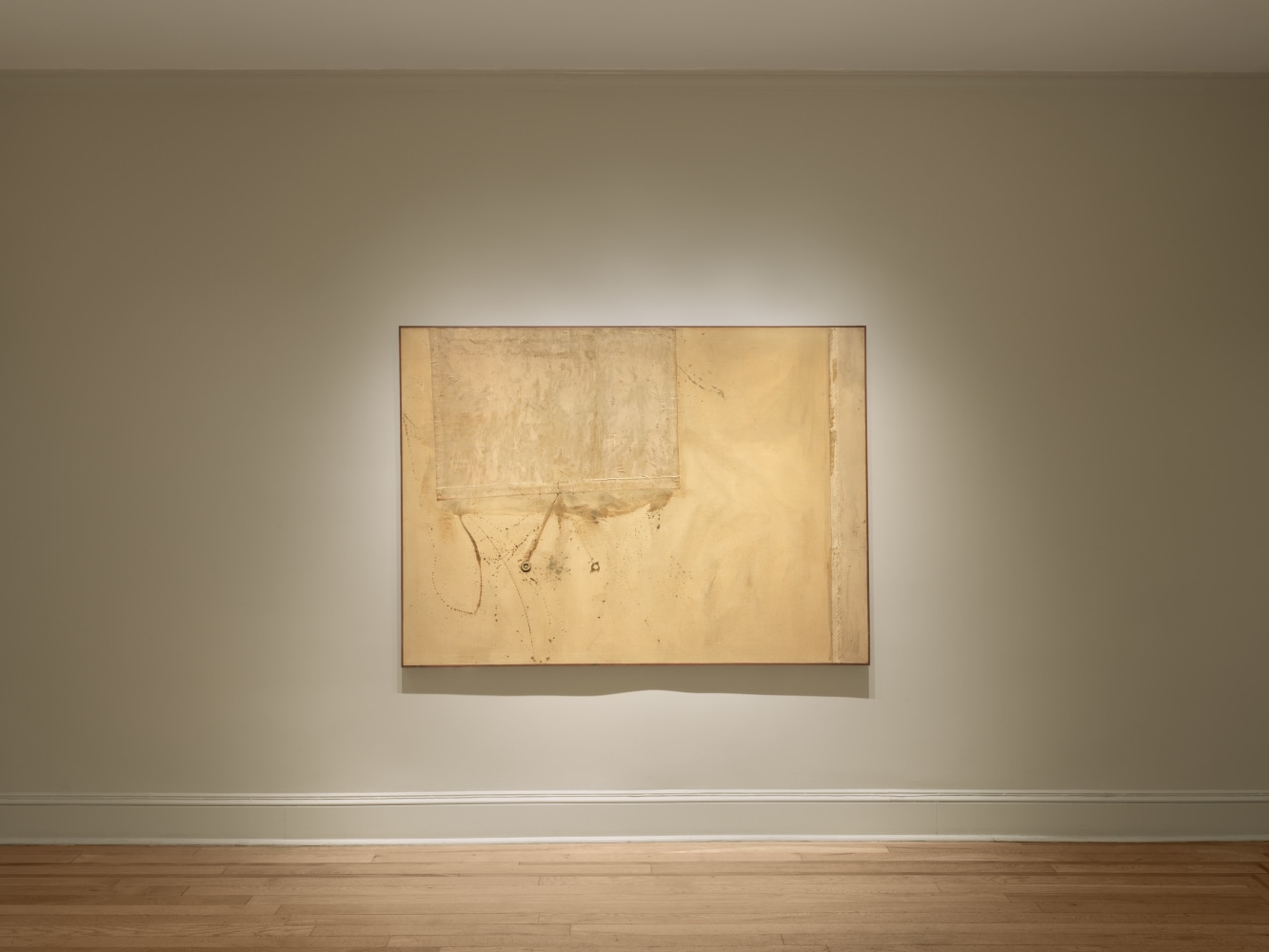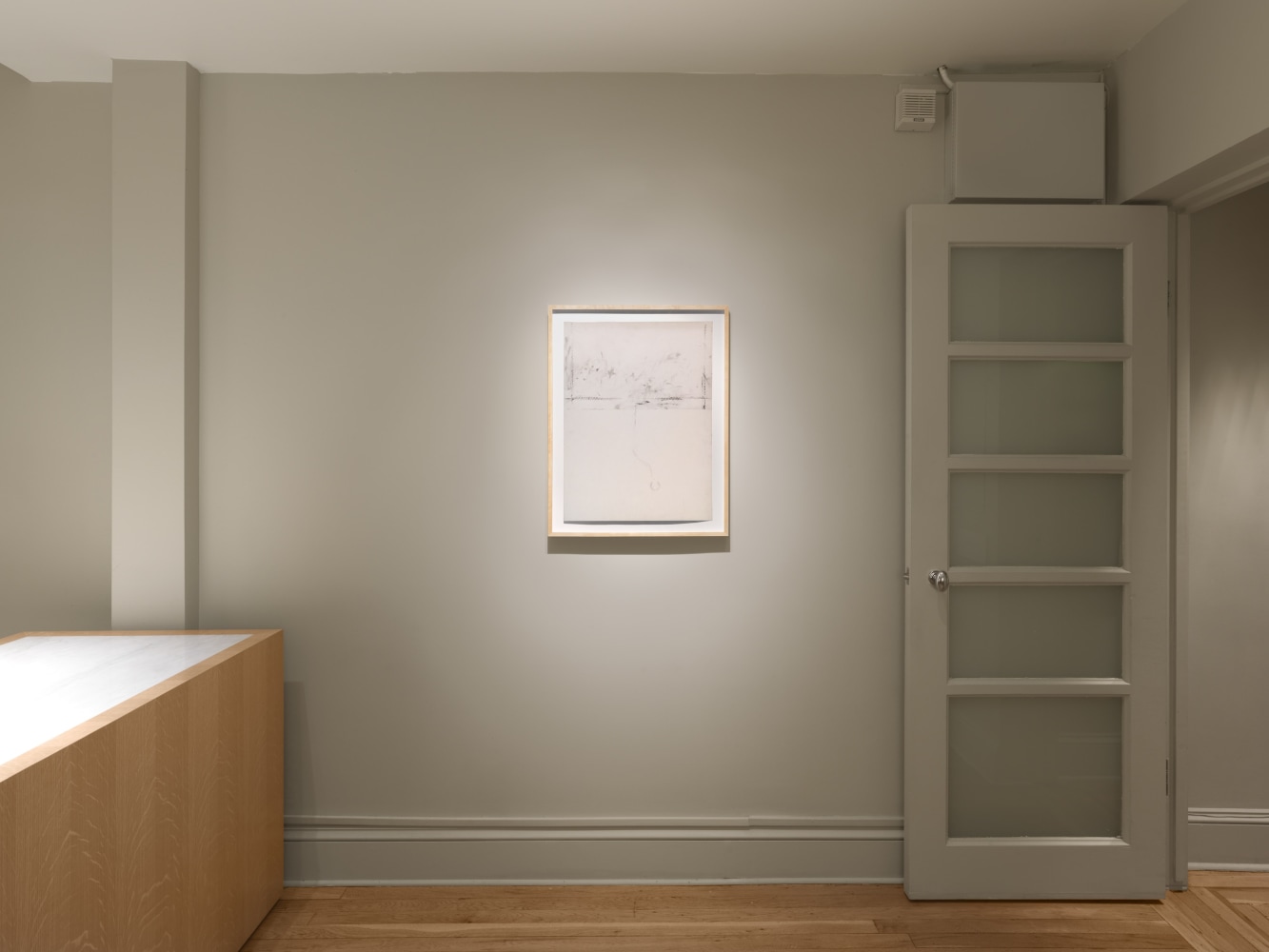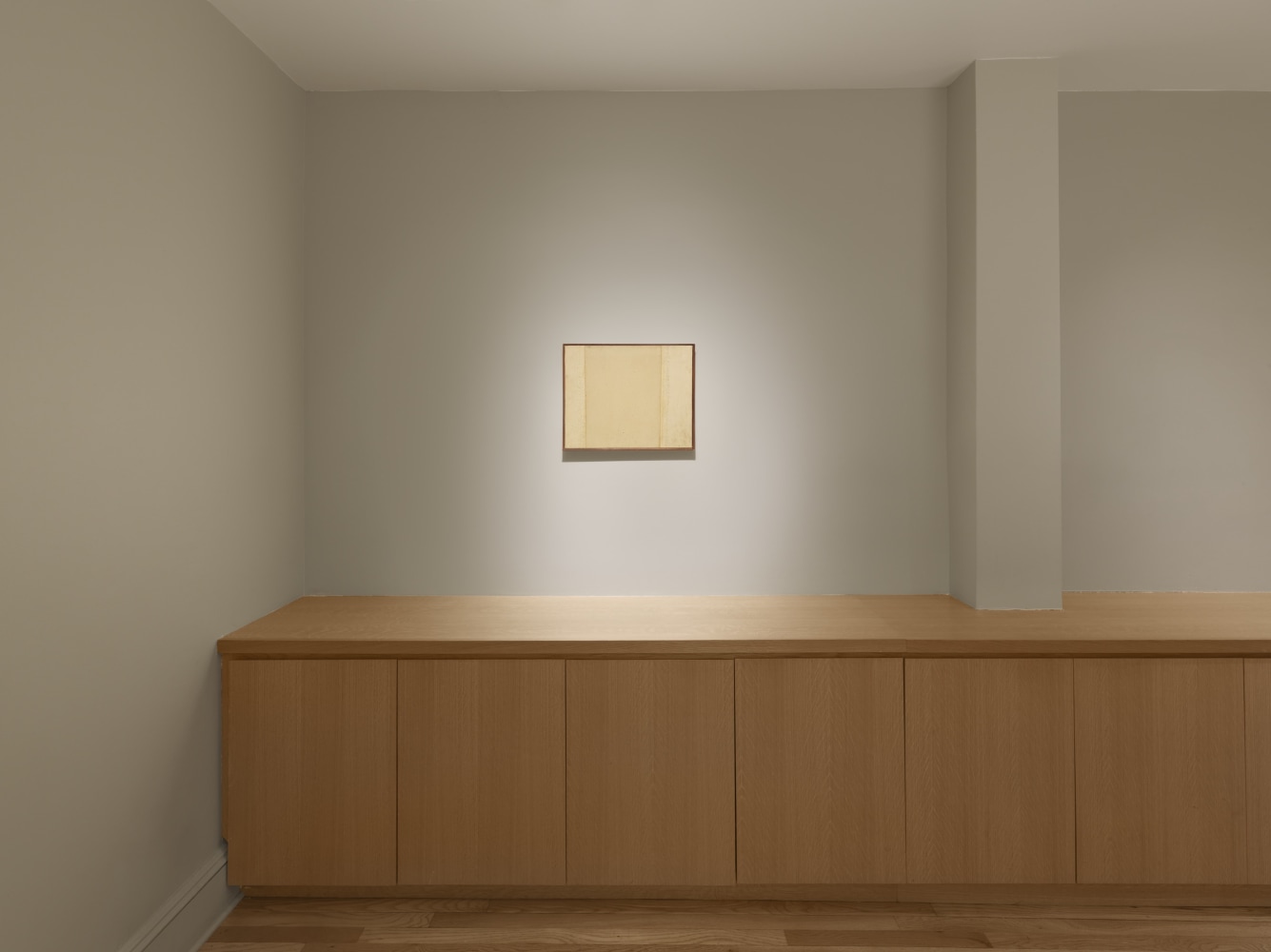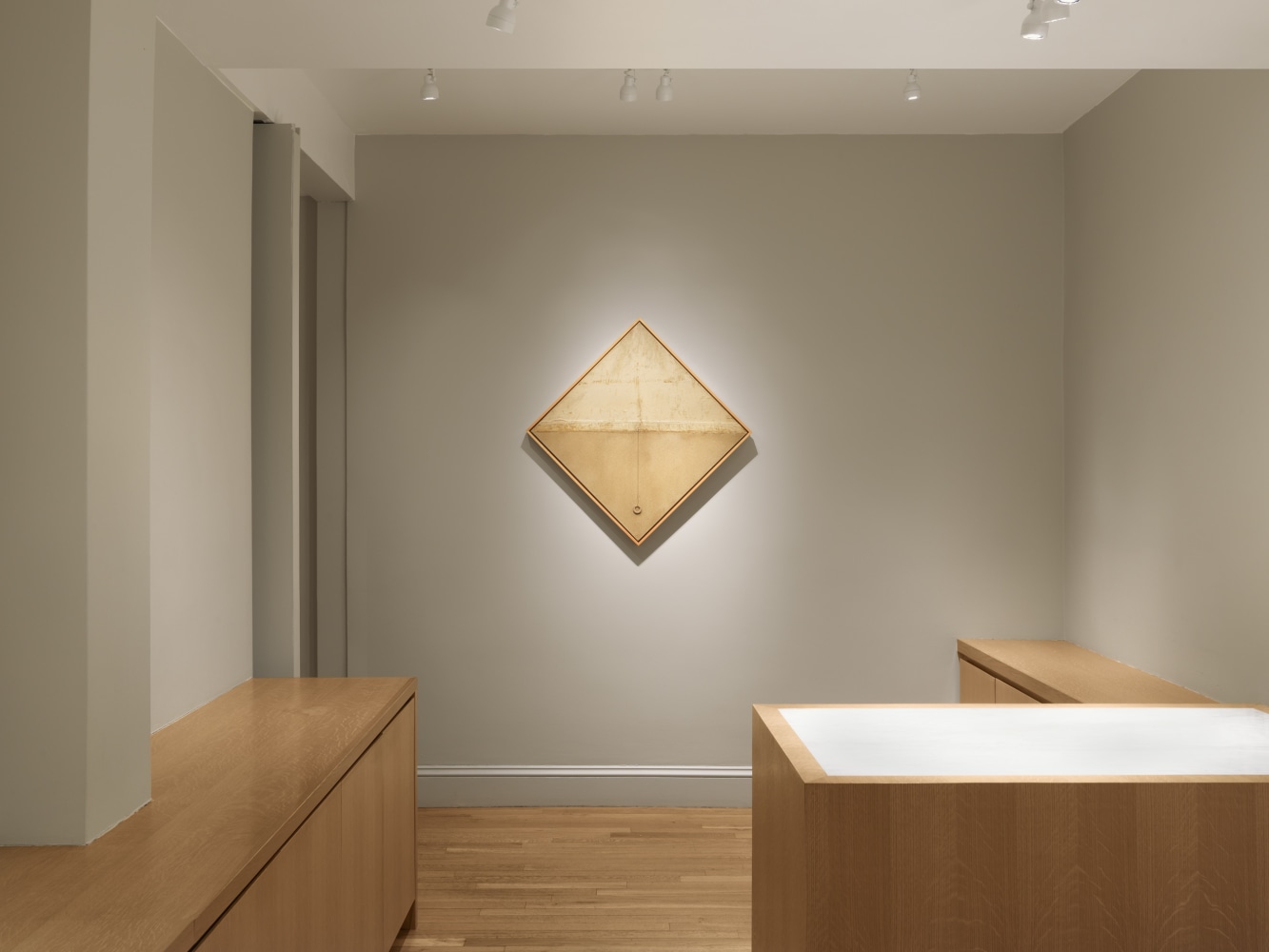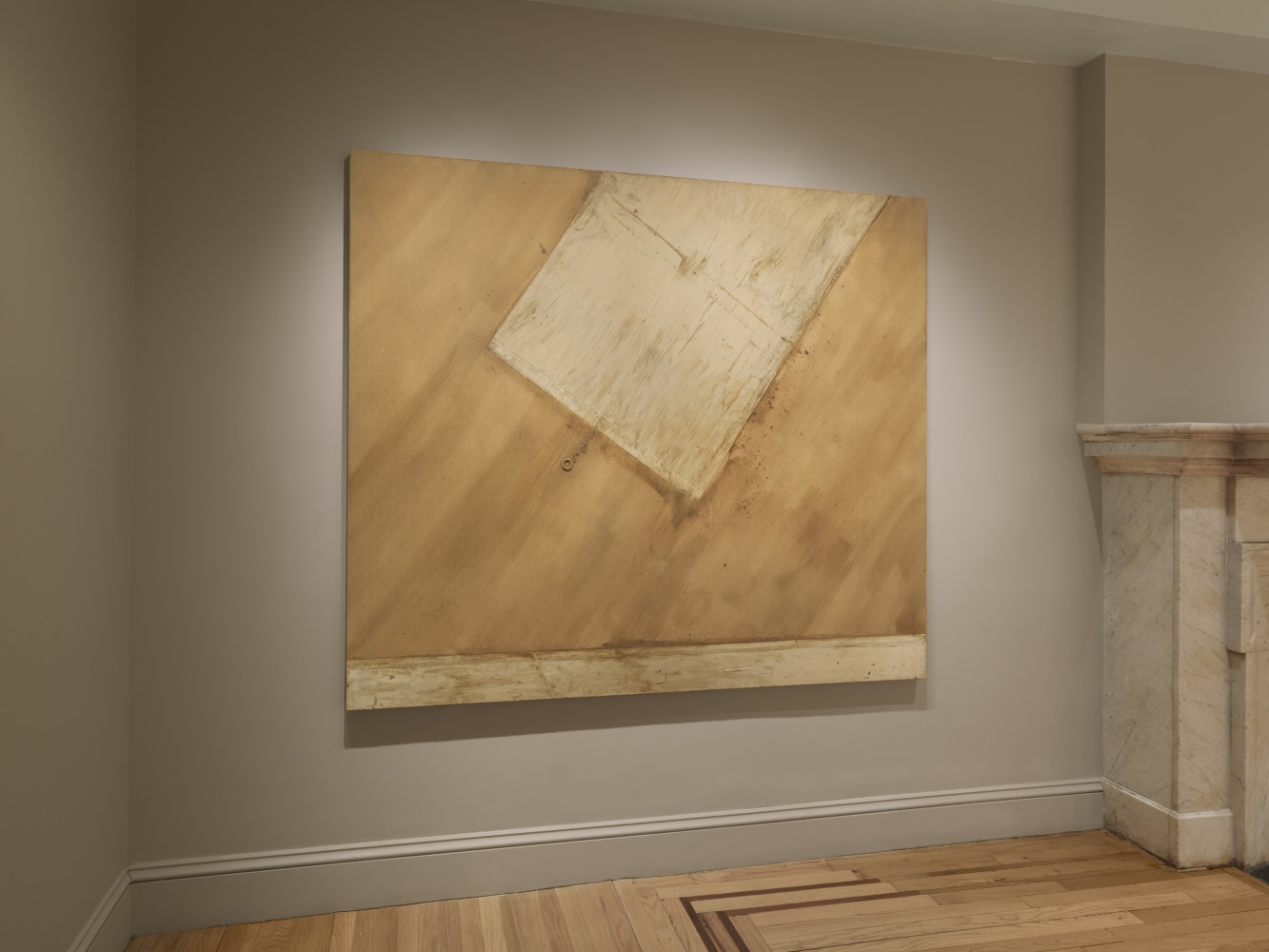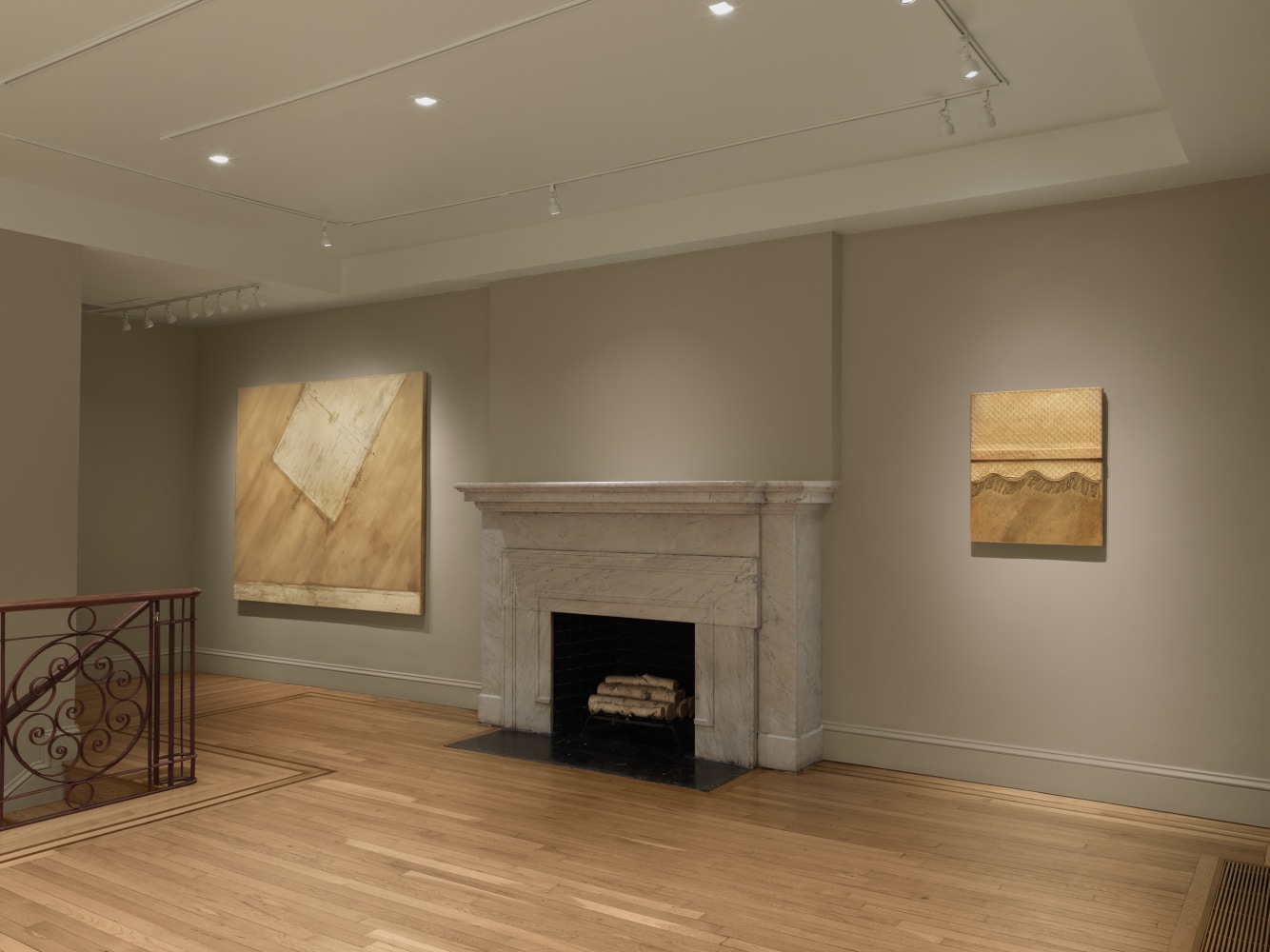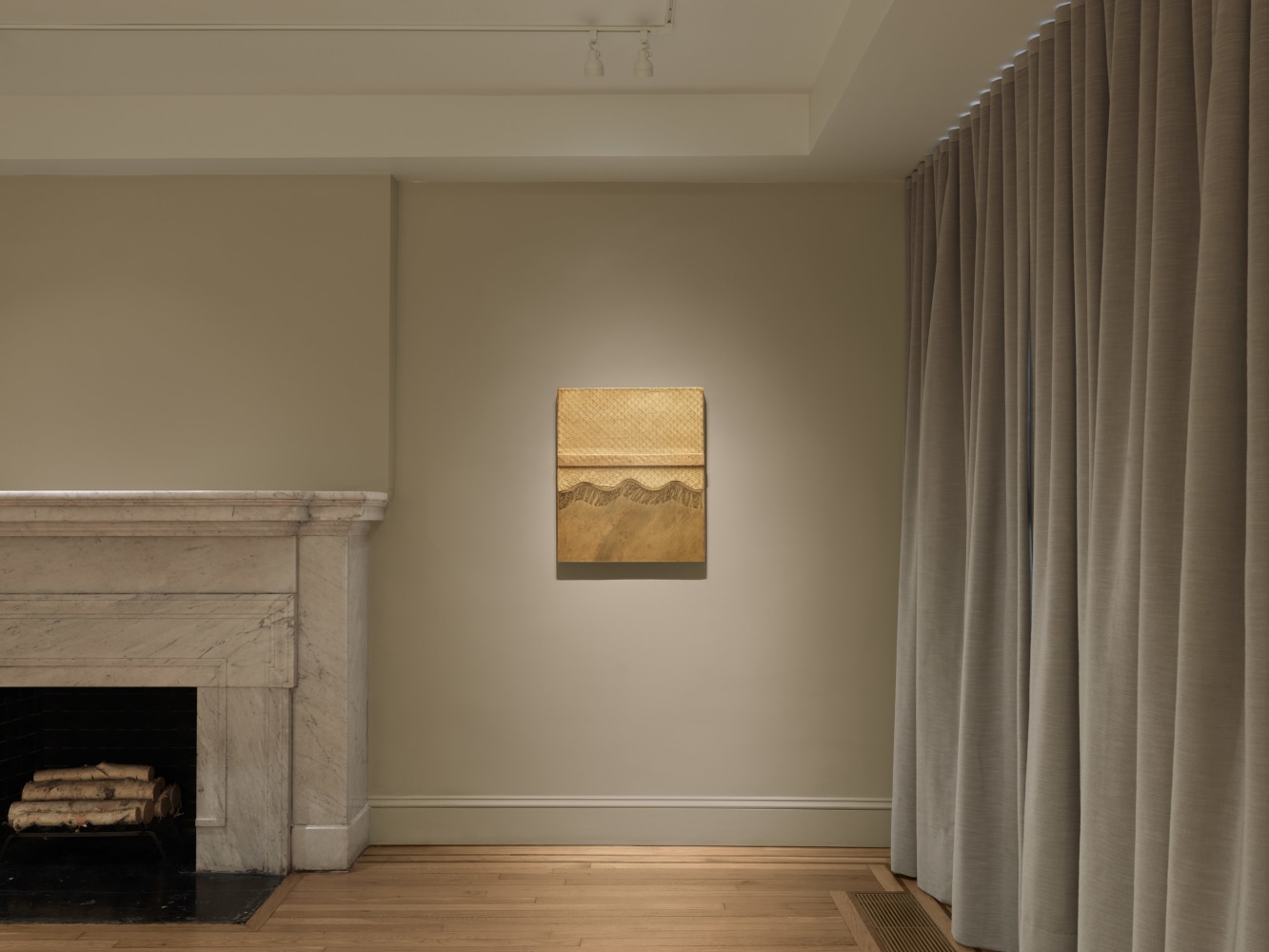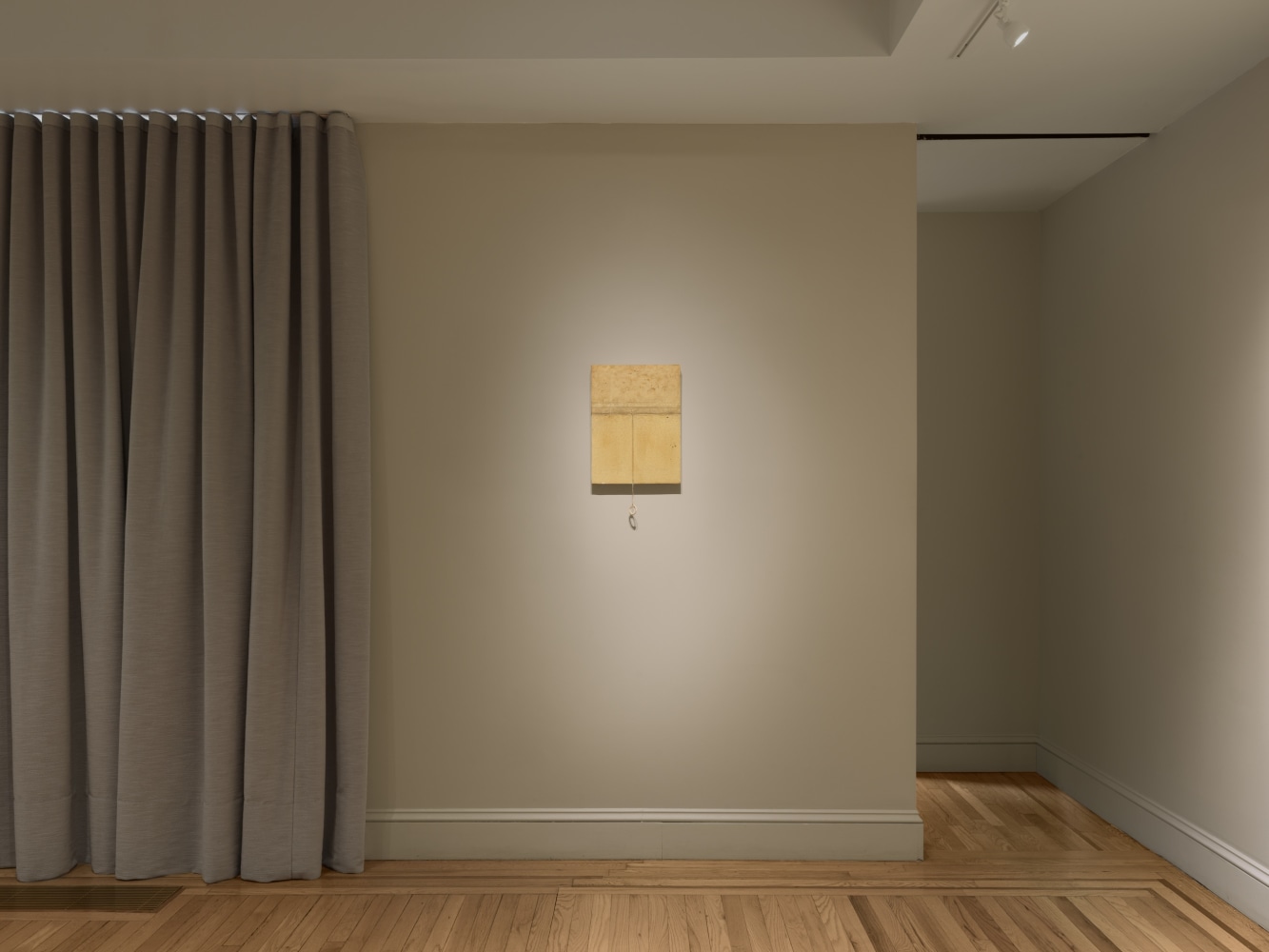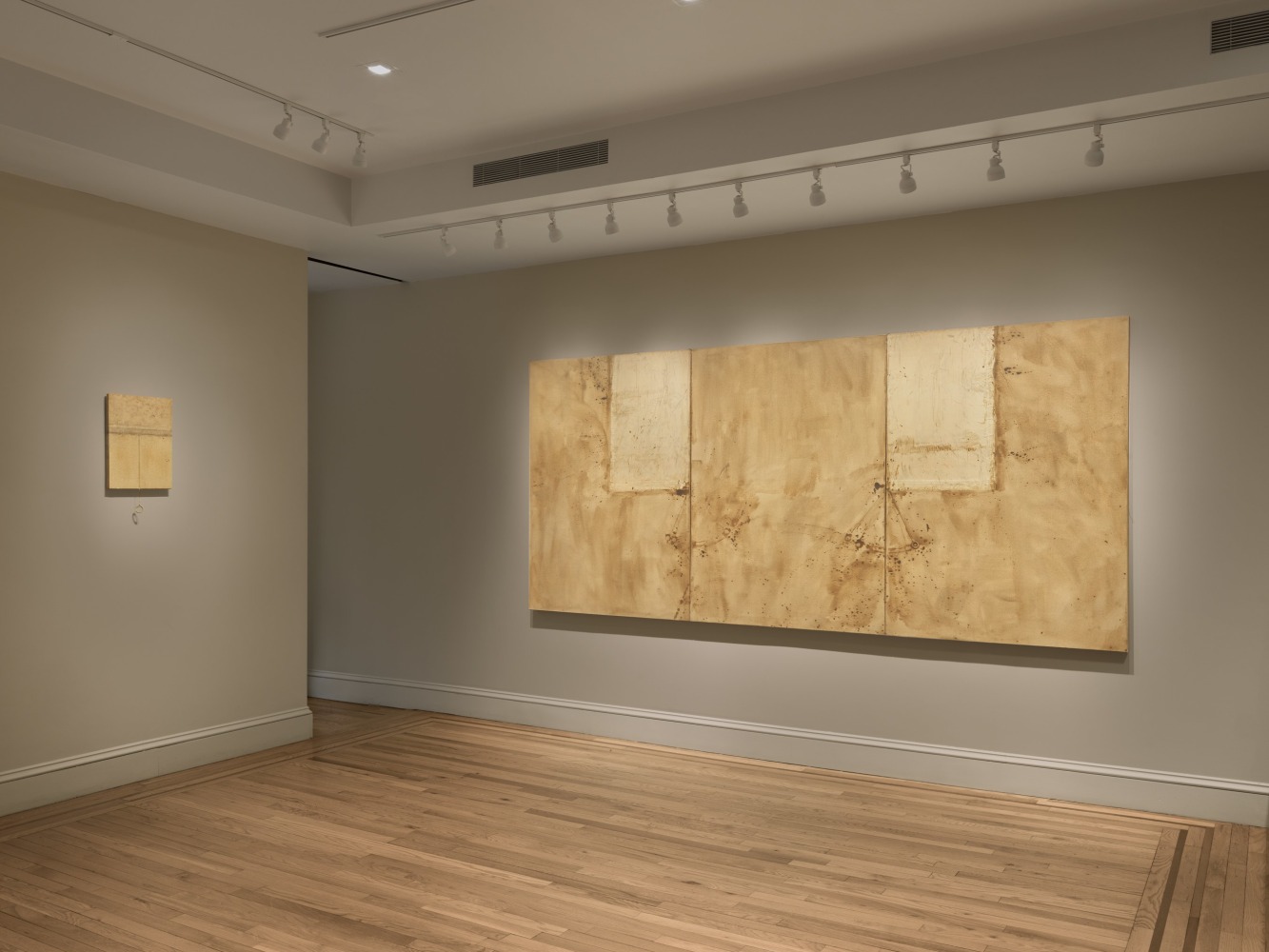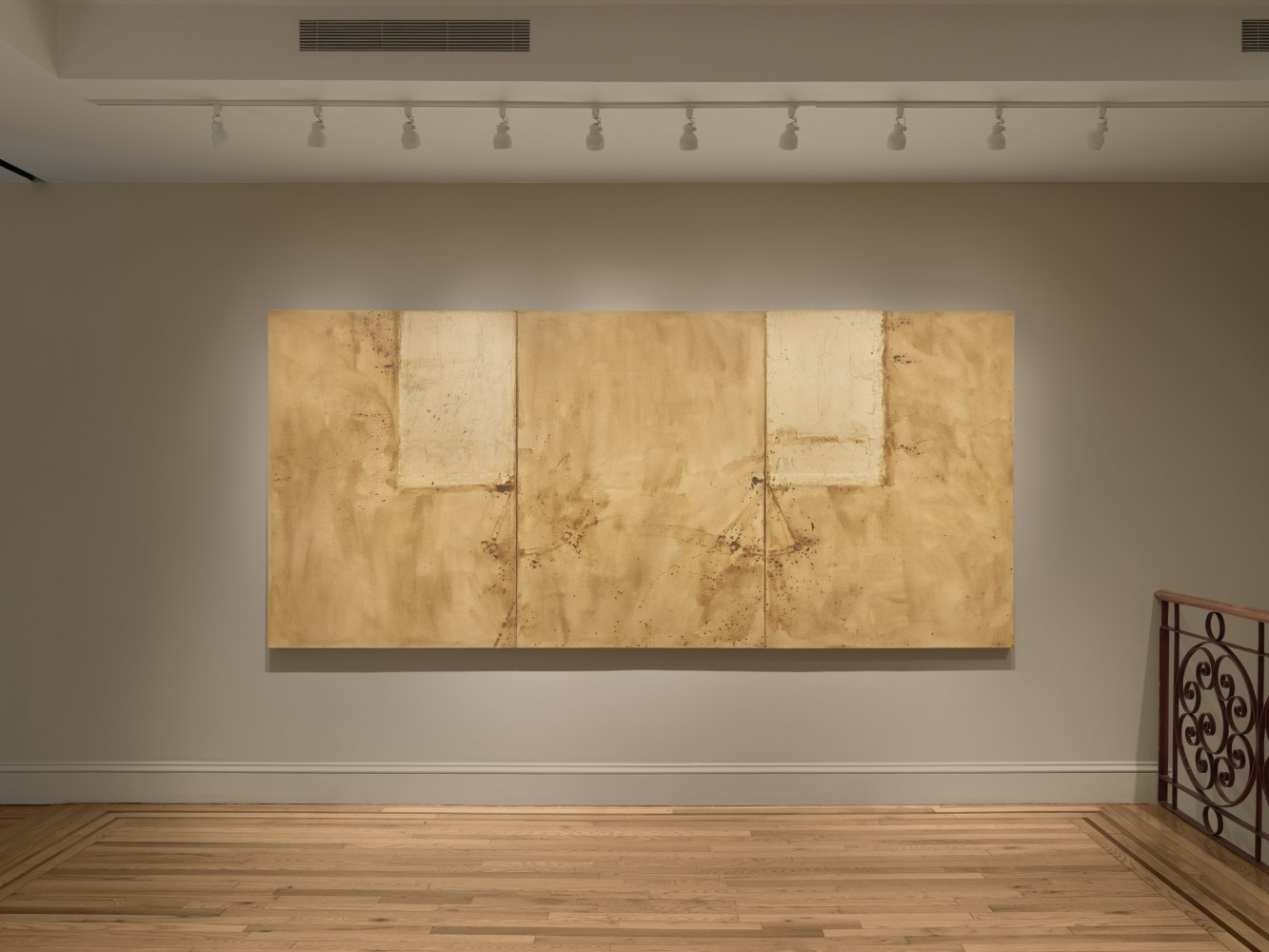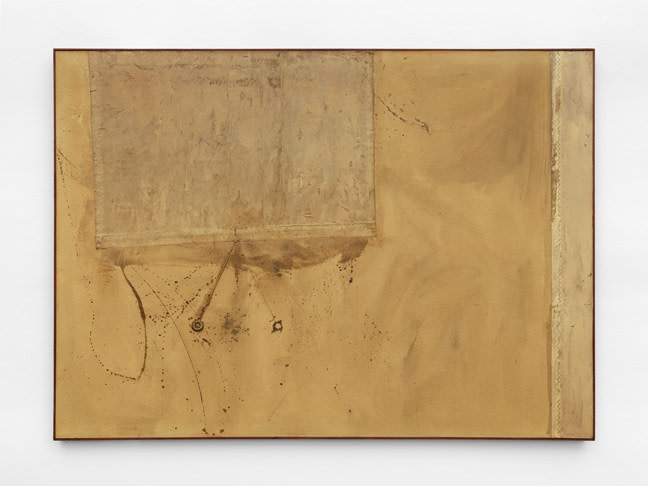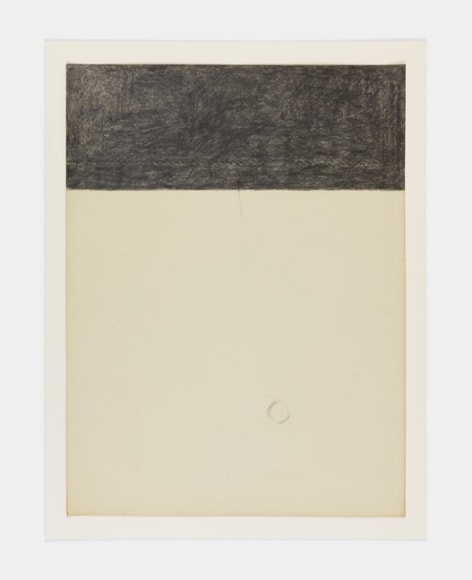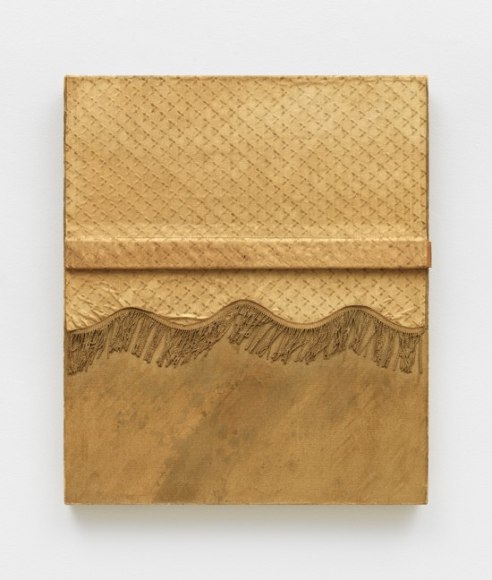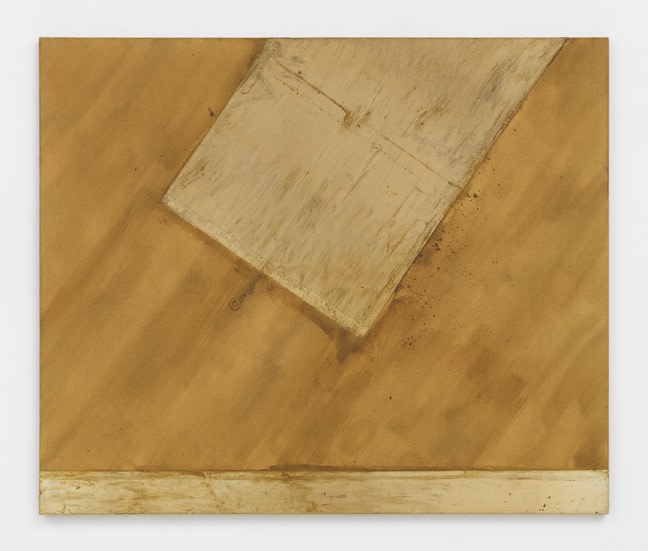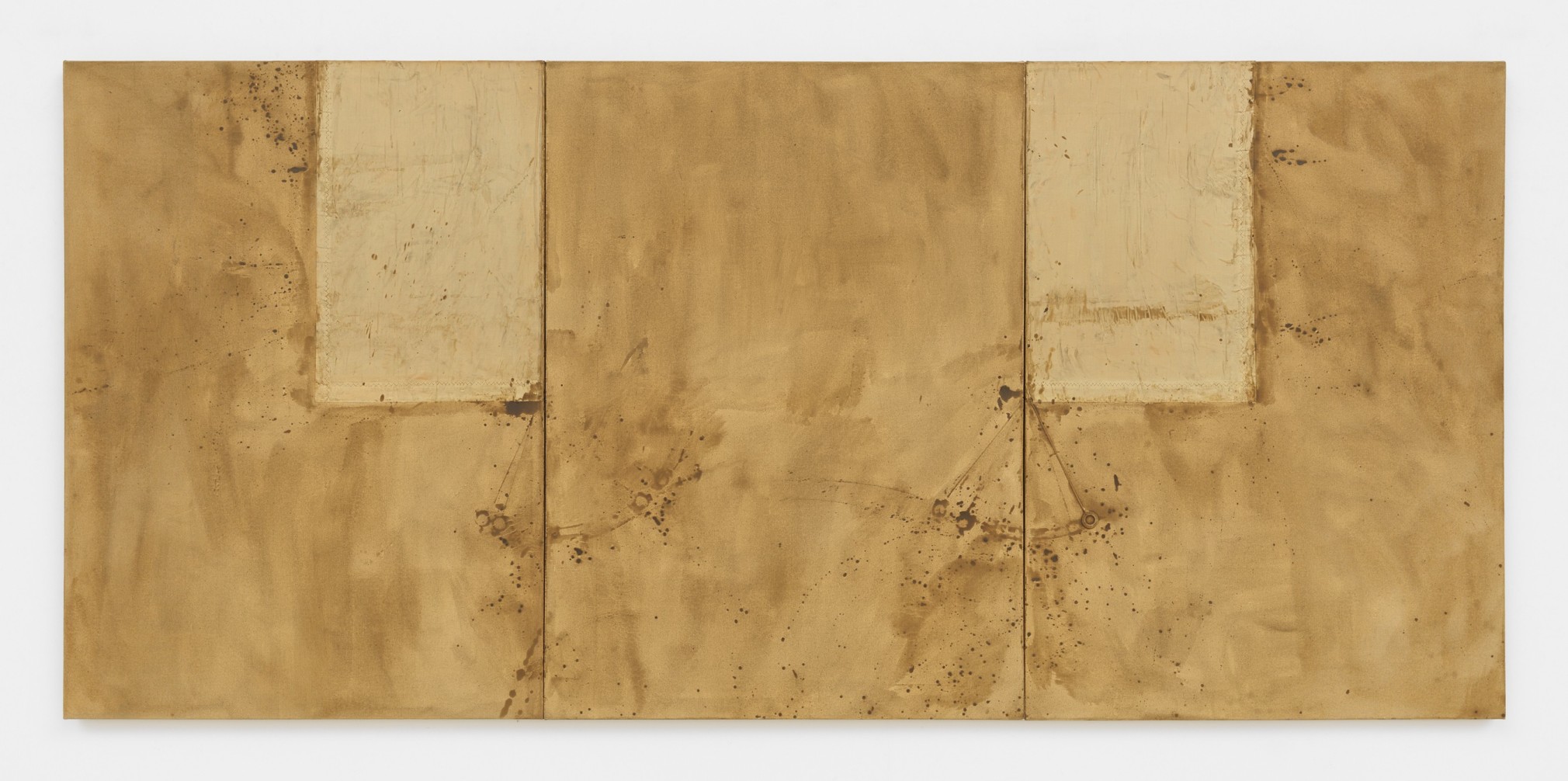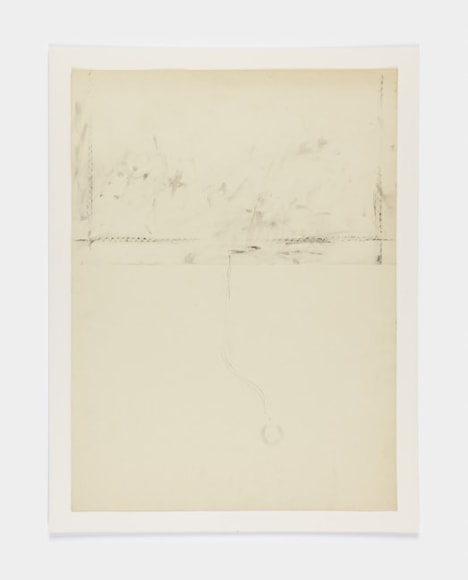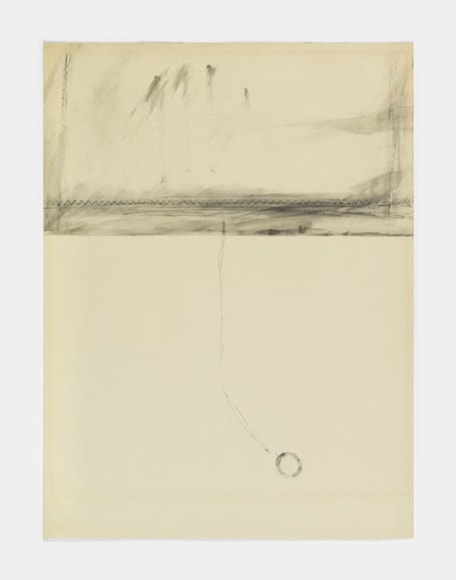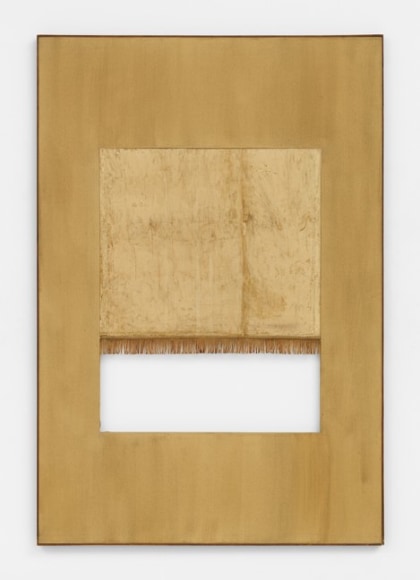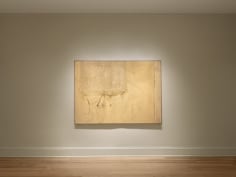First of all, on the surface which I am going to paint, I draw a rectangle of whatever size I want, which I regard as an open window through which the subject to be painted is seen.
– Leon Battista Alberti in Della Pittura (On Painting), 1435
Robert Moskowitz: Window Shades 1959-62, an exhibition of the first sustained series of paintings and drawings by Robert Moskowitz, will be on view at Craig F. Starr Gallery from February 8 to March 24, 2018. A catalogue of the show, which includes an essay by art historian and curator, Constance Lewallen, will be available.
Best known for his large-scale, paired down works that hover between abstraction and representation, Moskowitz is considered an important link between the Abstract Expressionists of the 1950s and the New Image Painters of the 1970s. Moskowitz first gained recognition for his Window Shade paintings, and this is the first focused presentation of these works in 56 years.
The exhibition will include eight paintings and two drawings, in which Moskowitz incorporates found window shades, either collaged directly onto the canvas or frottaged onto paper. Highlights include Untitled, 1959, one of his first paintings from the series, and Untitled, 1962, a two-paneled work, one inside the other, in which the smaller panel, covered by a fringe-hemmed shade, has been inserted into and partially fills a window-like opening in the larger panel. The works vary in size, from the small 16 x 12 inches canvas from 1961 whose pull cord extends down the length of the painting and dangles several inches below the picture plane, to the large, three paneled, Untitled (triptych), 1961, which features a split shade and measures 54 x 115 inches overall.
The series originated from Moskowitz’s fascination with nature—what time and exposure to sunlight can do to change a surface. The aged and weathered window shades appealed to Moskowitz, because he didn’t have to do anything to them. Working spontaneously, in one sitting, Moskowitz affixed the discarded and discolored shades to his canvases with rabbit-skin glue mixed with pigment over the surface of the canvas, leaving visible brush strokes and chance drips and splatters. Infused with emotive content, the works are restricted in color (ranging from beige to brown) and have subtle variations in surface texture. Robert Rosenblum wrote that the Window Shades “seemed to push both the basic language of painting and the fundamentals of image-making to a rock-bottom economy, where suddenly the two worlds were forever fused—a flat painting equaling a flat window shade."[1]
The window shades fluctuate between being read as abstract, geometric, raw materials, as apparently at hand, non-traditional painting support, and as aesthetic images of shades, as well as of course also being direct presentations of real shades. They have a suspended, indexical, physical quality to them, particularly with their pull cords, and with their basic functional associations, mostly denied, open/closed, revealed/concealed, public/private, they bring into play a strangely appealing psychological tension. They are self-referential to representation and art making, to both the surface and the mark, and to very act of seeing itself.
In 1961, William Seitz, an Associate Curator at The Museum of Modern Art, included a Window Shade painting in his historic exhibition, “The Art of Assemblage,” alongside works by Pablo Picasso, Jasper Johns, Robert Rauschenberg, and Marcel Duchamp, among others. In 1962, Leo Castelli gave Moskowitz his first solo exhibition (between shows of Roy Lichtenstein and Frank Stella). Robert Moskowitz: Window Shades 1959-62 includes work that was first seen in the Castelli show and rarely exhibited since, and several paintings and drawings that have never been exhibited before. As Rosenblum wrote, “Those of us who were around in 1962 and who were lucky enough to step into Leo Castelli’s on the right day never forgot an exhibition of paintings of nothing but window shades….”[2]

